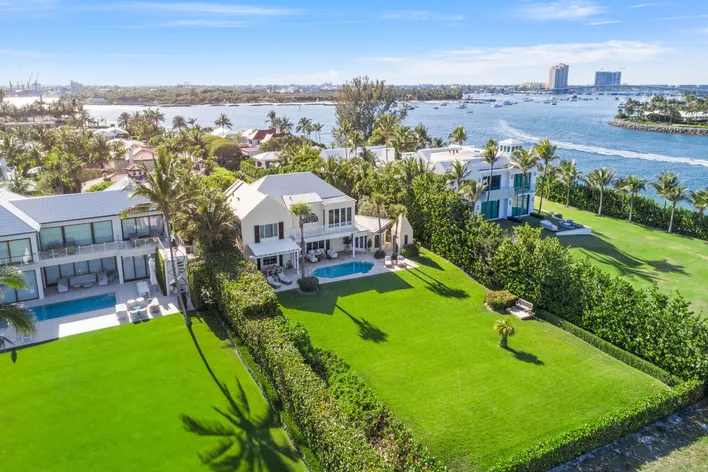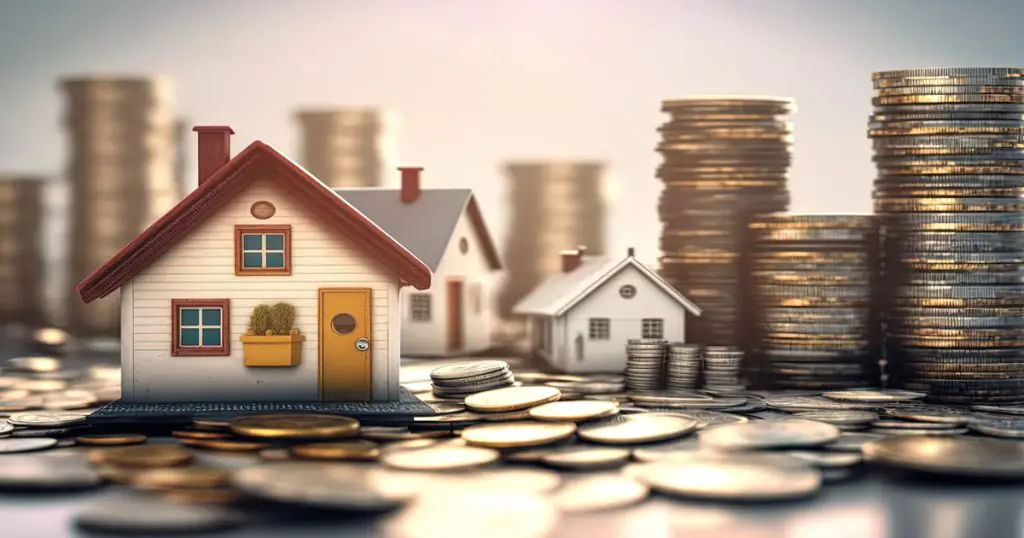Bay Area Comeback: Housing Market Competition Intensifies in Urban Centers
The American housing landscape is experiencing a remarkable shift as urban centers once abandoned during the pandemic are witnessing renewed competitive vigor. Recent data reveals a compelling narrative of resurgence in metropolitan housing markets, with the Bay Area and New York leading this urban revival.
Urban Housing Markets Stage a Dramatic Return
In a surprising reversal of pandemic-era trends, February 2025 data shows San Francisco experiencing the nation's most significant increase in competitive home purchases. An impressive 57.2% of San Francisco homes sold above their original listing price—marking a 7.5 percentage point increase from the previous year and establishing the city as the hottest competitive market among America's top 50 metropolitan areas.
This urban revival isn't limited to the Bay Area. Other metropolitan centers experiencing notable increases in above-list-price sales include Nassau County (+4.4 percentage points), San Jose (+3.5 percentage points), and New York City (+2.2 percentage points). This pattern suggests a fundamental shift as urban markets regain their appeal after the pandemic-driven exodus.
"Tech wealth continues to drive the Bay Area housing market despite periodic industry fluctuations," explains Josh Felder, a Premier real estate specialist in the region. "While many predicted unsustainable growth a decade ago, prices continue their upward trajectory due to persistent housing scarcity and the region's economic resilience."
However, today's competitive landscape differs from pre-pandemic conditions. While multiple-offer scenarios remain common—with one San Jose property recently attracting 22 competing bids—the intensity has moderated compared to 2017-2018 levels, when homes routinely sold for 15% above asking prices versus today's more typical 10% premium.
Southern California Housing Markets Cool as Buyers Gain Leverage
While the Bay Area heats up, Southern California markets are experiencing the opposite trend. San Diego leads the nation with the largest increase in below-list-price sales, jumping 8.9 percentage points year-over-year, with 51.2% of homes now selling below original asking prices. Nearby Anaheim follows closely with an 8.7 percentage point increase in below-list transactions.
This cooling trend extends beyond California, with Charlotte and Atlanta (both +7.3 percentage points) and Sacramento (+6.8 percentage points) also seeing significant increases in below-list sales. A common thread connects these cooling markets: expanding inventory. These five metros averaged a 23.9% year-over-year increase in active listings—nearly triple the inventory growth seen in the most competitive markets.
"Precision pricing has become critical in today's market," notes Charles Wheeler, a Premier agent in San Diego. "Even modest overpricing by $20,000 can significantly reduce buyer interest, resulting in extended market time and eventual price reductions."
The National Picture: A Buyer's Market Emerges
Nationwide, only one in five homes (20.5%) sold above their original asking price in February—down from 22.8% a year earlier. Conversely, nearly two-thirds (64.2%) sold below initial asking prices, compared to 60.9% the previous year. The remaining 15.4% sold at exactly their listed price, representing the lowest February figure since 2019.
These statistics suggest a fundamental shift toward a buyer's market in 2025, driven by elevated mortgage rates and increasing housing inventory. The pandemic's frenzied bidding-war era—when above-list and below-list sales nearly equalized around 40%—has conclusively ended, with market dynamics returning to pre-pandemic patterns.
This reversion requires sellers to adjust expectations. Redfin agents consistently advise fair, realistic pricing strategies rather than aspirational asking prices that inevitably lead to market delays and eventual reductions.
Regional Market Leaders: Where Sellers and Buyers Hold Power
The Bay Area continues to dominate markets where sellers maintain significant pricing leverage:
- San Jose: 67.1% of homes sell above original asking price
- Oakland: 57.7% sell above asking
- San Francisco: 57.2% sell above asking
- Newark: 53.5% sell above asking
Meanwhile, Florida and Texas represent the strongest buyer's markets:
- West Palm Beach: 88.2% of homes sell below original asking price
- Fort Lauderdale: 85.7% sell below asking
- Miami: 83.7% sell below asking
- San Antonio: 81.2% sell below asking
- Austin: 80.2% sell below asking
Florida's buyer-friendly conditions stem from aggressive residential construction, accumulating inventory, and increasing climate concerns, with skyrocketing insurance costs and HOA fees deterring some potential buyers.
Market Insights: What Buyers and Sellers Need to Know
Is 2025 a good time to sell a home in the Bay Area?
Yes, particularly in San Francisco, Oakland, and San Jose, where the majority of homes continue selling above asking price. However, precise pricing remains essential, as today's buyers show less willingness to significantly overbid compared to pre-pandemic years.
Why are Florida homes selling below asking price despite population growth?
Florida's aggressive residential construction has expanded inventory, giving buyers more options and negotiating power. Additionally, escalating insurance costs, rising HOA fees, and climate concerns have moderated demand in previously red-hot markets like Miami and West Palm Beach.
Are we returning to pre-pandemic housing market conditions?
The data suggests yes. The share of homes selling above, at, or below list price has largely reverted to pre-pandemic patterns. The temporary pandemic-era phenomenon of widespread bidding wars has subsided as inventory improves and mortgage rates remain elevated.
Which city has the most balanced housing market currently?
Seattle stands out with 26.7% of homes selling exactly at asking price—the highest proportion among major metros. This suggests pricing alignment between sellers and buyers, creating relatively balanced negotiating conditions.
How important is proper pricing in today's market?
Critical. With 64.2% of homes nationwide selling below original asking prices, strategic pricing has become essential. Even modest overpricing can significantly extend market time and ultimately result in lower final prices than appropriate initial pricing would have achieved.
The housing market's evolution reflects broader economic patterns as urban centers regain appeal and regional conditions diverge. As inventory continues improving across many markets through 2025, buyers may find increasing opportunities for negotiation, while sellers in competitive markets like the Bay Area can still expect multiple offers when pricing strategically.













